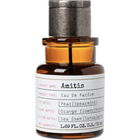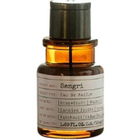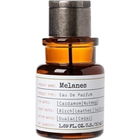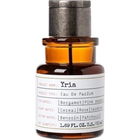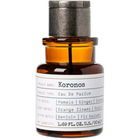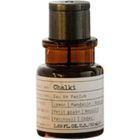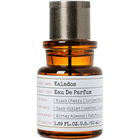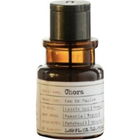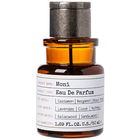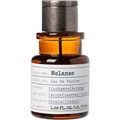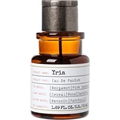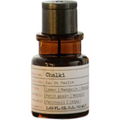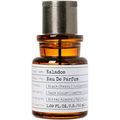We may earn a commission when you buy from links on our site, including the eBay Partner Network and Amazon.
Apaliros The Naxos Apothecary 2021
A perfume by The Naxos Apothecary for women and men, released in 2021. Projection and longevity are above-average. It is still in production.
Compare
Compare
Fragrance Pyramid
 Top Notes
Top Notes  Grass
Grass  Lemon
Lemon  Heart Notes
Heart Notes  Geranium
Geranium  Lily of the valley
Lily of the valley  Base Notes
Base Notes  Patchouli
Patchouli  Tree moss
Tree moss Ratings
Submitted by Sniffer · last update on 03/08/2021.
Source-backed & verified
Smells similar
What the fragrance is similar to





